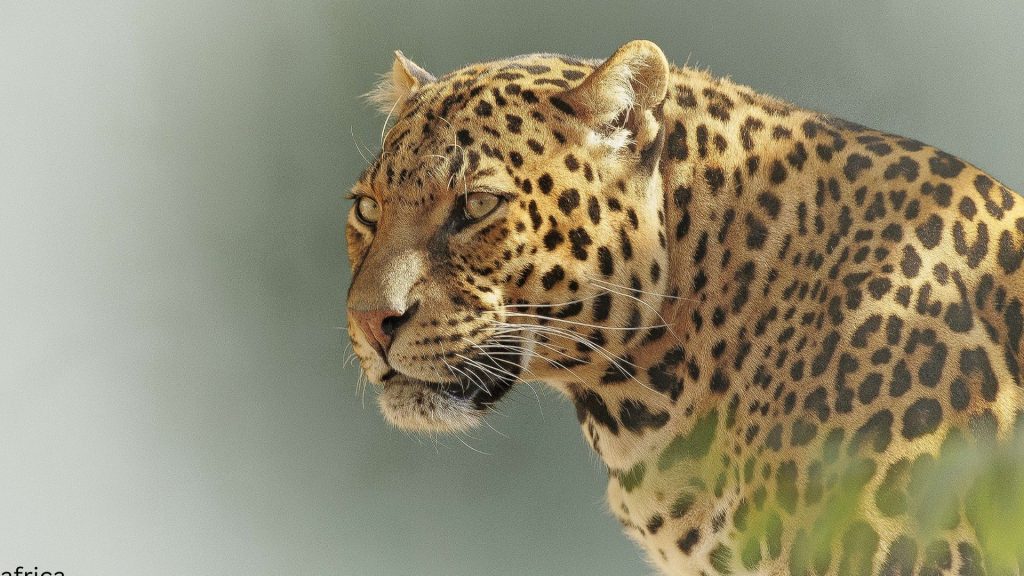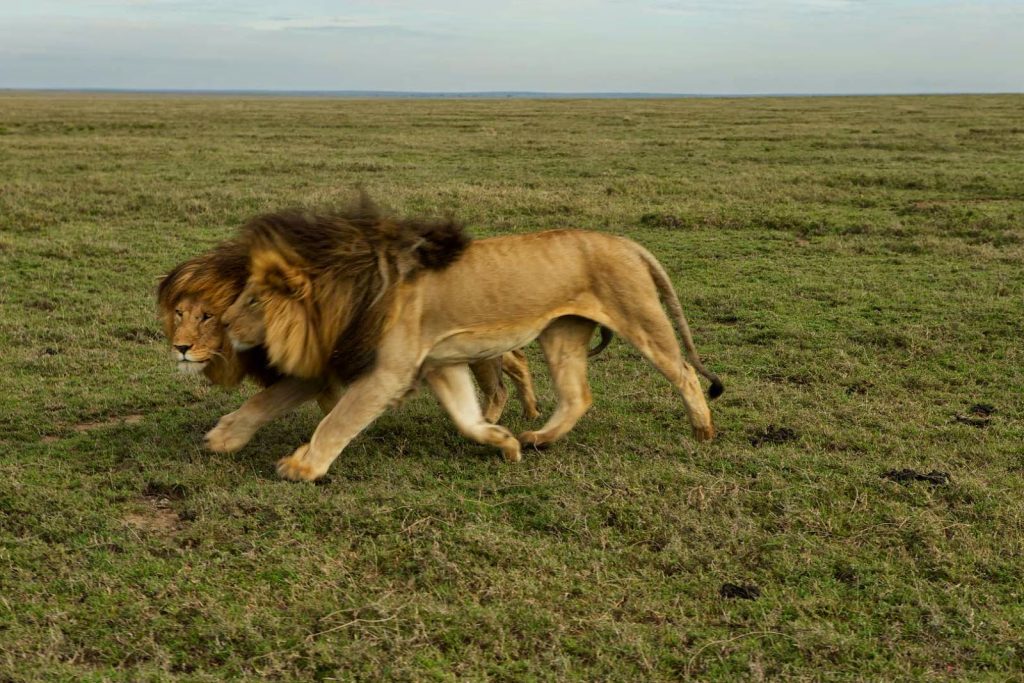Rubondo Island National Park
Rubondo Island National Park, Lake Victoria
In the southwest of Lake Victoria lies Rubondo Island, an extraordinary example of wildlife conservation. It’s Africa’s largest island national park, 26km long and up to 10 km wide. More than 75 percent of the island is covered in pristine equatorial rainforest. Since the 1960s, the island has been a haven for wild chimpanzees, sitatunga antelope, elephants, and giraffes.
The largest island national park in Africa, Rubondo offers a truly off-the-beaten-track Jurassic Park experience.
The Rubondo Island National Park is located on an island in the middle of Lake Victoria, the second-largest lake in the world. The island is uninhabited, and 90% of it is still forested. Here, you can find native wildlife, such as hippos, crocodiles, antelopes, elephants, and giraffes. Birds are also omnipresent on the island, making the Rubondo Island National Park an insider tip for ornithologists.
A visit to Rubondo Island National Park offers visitors a break from game viewing in the tranquil peace of a lakeshore setting. Exploring the islands within the park creates excitement for day trips. Fishing expeditions into Lake Victoria are easily arranged through the major lodges. Rubondo Island National Park is a relaxing place for the rigorous safari circuit and a relaxing place from which to explore Lake Victoria.
Park attractions
– A variety of water birds, Eurasian migrants, and introduced African grey parrots
– High density of African fish eagles distinctly seen
– Animal species, including Sitatunga, Elephants, Giraffes, Hippos, Bushbucks, Pythons, Crocodiles, Chimpanzees (not fully habituated), Bush pigs and Suni
– Lake Victoria forms a spectacular sight for visitors, with the deepest point in the lake (Irumo) forming part of the park
– Magnificent view of one of the last remaining representatives of evergreen dense primary lowland Congolese forest with a unique habitat mosaic in the midst of high biodiversity value
– Beautiful and attractive beaches such as Fly Catcher, Mchangani and Michicoco
– Important gulfs of Irumo and Kamea
– Clear sighting of both sunrise and sun set
– Cultural sites such as “Ntungamirwe,” “Maji Matakatifu,” “Altare,” and “Solo” explain the life of natives who once stayed in the park
– “Birds Islands,” breeding site for water birds
– Crocodile Island
Park Activities
Game Drives, Bird Watching, and Walking Safaris (Rangers are required) can be arranged in advance through the Park Office (See park fees). Visitors are advised to carry some dry stuff while going for long walks.

Wildlife in Rubondo Island
Rubondo Island offers many deserted sandy beaches that border directly on the forest. Here you will find bushbucks, which move smoothly and silently through the labyrinth of tamarind, palm trees, and sycamore figs. The shaggy-coated aquatic sitatunga, which lives by the water, with its distinct webbed feet, can be observed particularly well here. Savory tilapia (Oreochromis niloticus) are the main food of the yellow-spotted otters that hunt around the island’s rocky bays, while the predatory Nile perch, weighing up to 100 kg, is a tempting challenge for hungry fishermen in Rubondo Island national park.
Wild jasmine and numerous colorful orchid species grow in the forest, from which a mysterious potpourri of scents flows. 90% percent of the park is considered to be a forest. There are also open grasslands and papyrus groves by the lake. Indigenous wild animals such as hippos, crocodiles, vervet monkeys, genets, dik-diks, and mongooses share their habitat with chimpanzees, black and white colobus monkeys, elephants, and giraffes that have subsequently settled here. The remoteness of this national park allows them to develop freely.
The Rubondo National Park: A bird watcher’s paradise
Birds are omnipresent on the island and make the Rubondo National Park an insider tip for ornithologists. More than 400 species have been registered over the years. Flocks of African gray parrots, which were once released on the island, flutter around excitedly and chirp in different tones. Herons, storks, and spoonbills breed in large numbers in the swampy bank areas. Thousands of Eurasian migratory birds join them every year.



